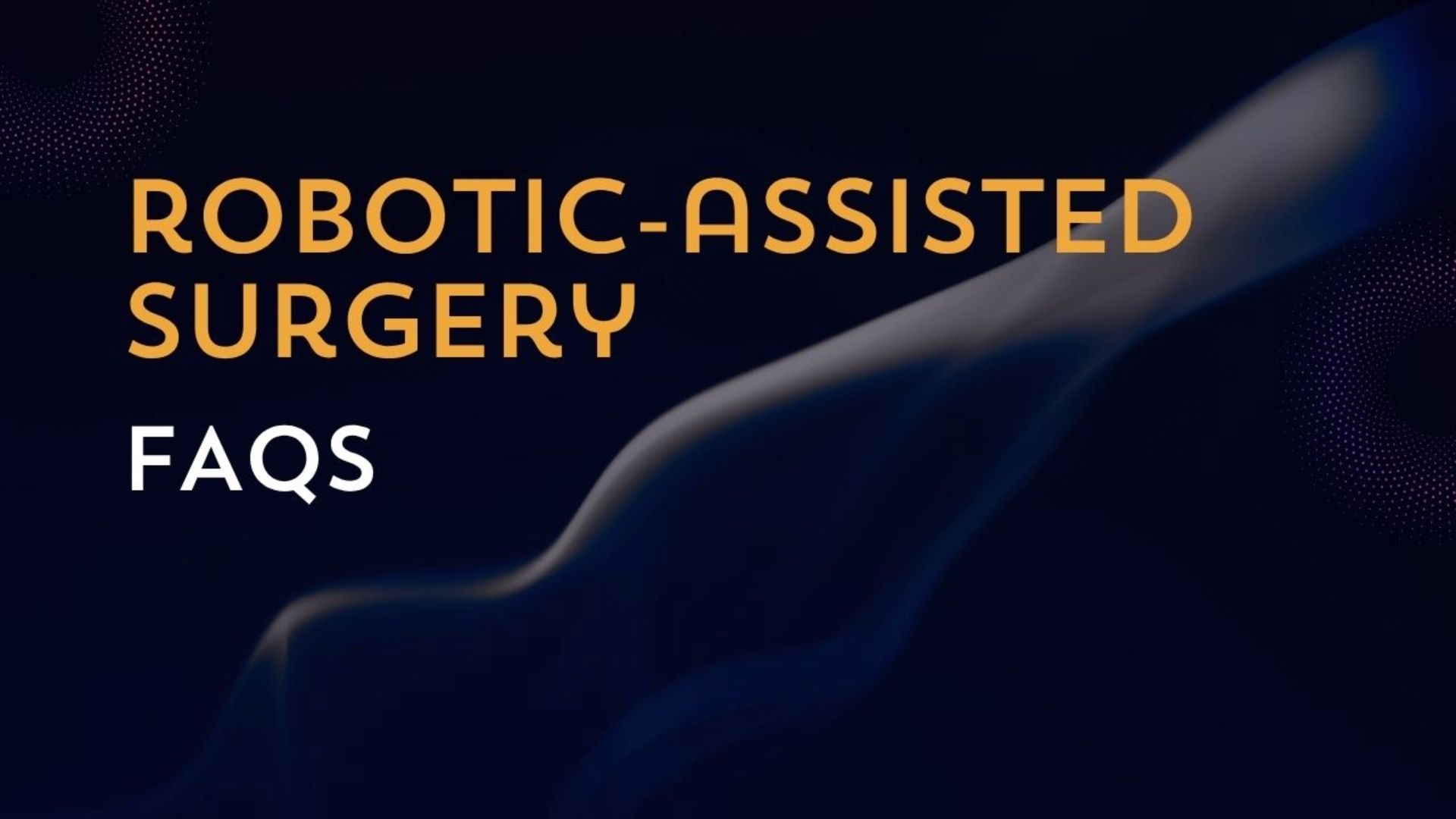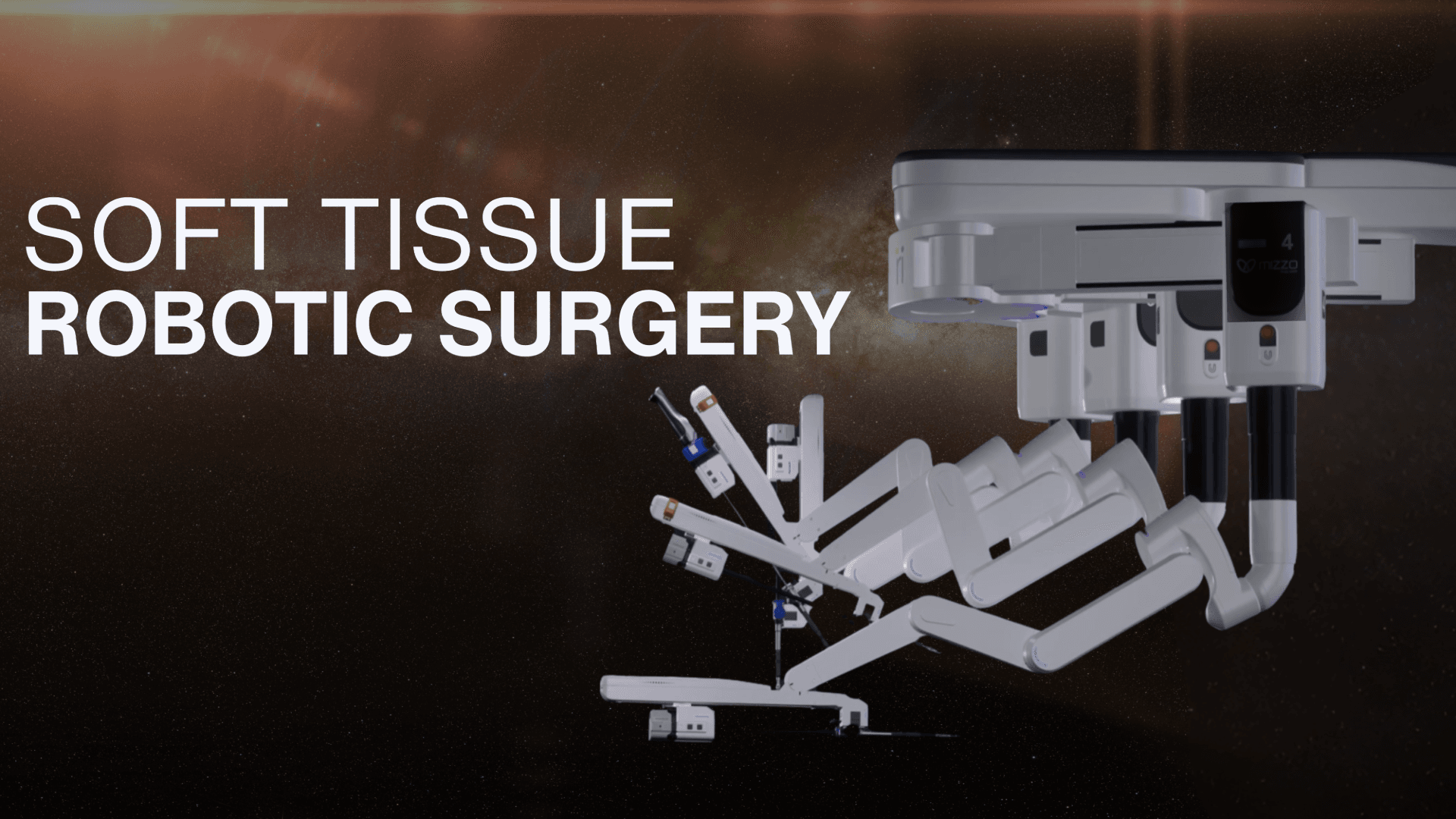
Top FAQs about Robotic Surgery in Soft Tissue Procedures
Introduction
You may have come across soft tissue surgery while reading about or experiencing injuries, lumps, infections, or problems that affect the function of muscles, ligaments, tendons, or internal organs of the body. In the past, this meant a surgery with larger cuts and a longer recovery. Today, surgeons can use robotic systems that let them make smaller cuts with accuracy, leading to faster healing.
Robotic-assisted surgery (RAS) in soft tissue procedures is now setting new standards, but many still have questions about what it involves. It has advanced robotic systems which surgeons control during surgeries with improved precision. Many people have questions about how it works, its benefits, risks, and what the recovery process looks like. This blog answers the top FAQs about robotic-assisted surgery in soft tissue cases, helping you understand how this technology is transforming surgical care.
FAQs about Robotic-Assisted Surgery of Soft Tissues
How is Robotics Used in Surgery?
Robotics in surgery allows surgeons to use robotic-assisted arms equipped with tiny instruments and cameras. These arms provide enhanced precision, a greater range of motion, and a magnified 3D view of the surgical site.
Robotic systems filter out hand tremors. [1]
Surgeons can perform delicate dissections with accuracy.
It enables minimally invasive access to the soft tissues.
Robotic-Assisted Surgery Vs Traditional Surgery: Comparison
While traditional techniques are still widely used in soft tissue surgeries, RAS allows surgeons a smarter way to operate. Here are some of its benefits compared to traditional options that are worth your attention:
Aspect | Robotic-Assisted Surgery | Traditional Surgery |
Precision | High accuracy with robotic arms | Limited by surgeon’s hand control |
Incisions | Smaller, minimally invasive cuts | Larger open incisions |
Recovery | Faster recovery with less pain | Longer recovery, more discomfort |
Visualization | 3D magnified view | 2D direct vision |
Scarring | Minimal scars | Noticeable scars |
What Are the Most Common Robotic-Assisted Surgery/Procedures?
- Urological soft tissue surgeries (e.g., kidney tumour removal, bladder and prostate-related).
- Oncology surgeries (gynaecologic cancers, lung cancer, colorectal cancer resections)
- Gynaecological soft tissue surgeries (e.g., uterus and pelvic conditions).
- Gastrointestinal procedures involving the stomach or intestines.[2]
- Thoracic soft tissue surgeries within the chest cavity.
- Complex hernia repairs and abdominal wall reconstructions.
These procedures highlight how robotics has improved accuracy where delicate soft tissues are involved.
How Can I Tell If I'm a Candidate for Robotic-Assisted Surgery?
Robotic-assisted surgery isn't the right choice for everyone with a soft tissue condition. Whether you're a suitable candidate usually depends on a few factors, such as:
- The type of surgery you need and how complex it is.
- Your general health, fitness, and medical history.
- Any previous operations you may have had, since scar tissue can sometimes affect the procedure.
What Instruments Are Used in Robotic-Assisted Surgery?
When people hear "robotic-assisted surgery," they often imagine a machine operating on its own. In reality, the surgeon is in full control, but they use a set of advanced instruments to make the surgery more precise. Here's what is usually involved:
- Robotic arms: These act as extensions of the surgeon's hands, holding the instruments steady and moving with incredible accuracy.
- 3D endoscopic camera: This tiny camera gives a magnified, high-definition view inside the body, so even the smallest soft tissue structures are clearly visible.[2]
- Mini surgical tools: They consist of scissors, forceps, and needle drivers that are designed to fit through small cuts and bend or rotate further than a human wrist. All of which are controlled by trained professional doctors.
- Trocars and ports: Small entry points through which the camera and tools are inserted.
What Are the Benefits of Robotic-Assisted Surgery In Soft Tissue Cases?
Bringing technology into surgery has advantages for doctors and patients. That's why many prefer robotic-assisted soft tissue procedures. For example:
Oncology benefits: Robotic precision allows surgeons to remove tumours while sparing surrounding healthy tissue, which can preserve organ function and improve recovery outcomes.
- Urology benefits: In delicate surgeries such as prostatectomy or kidney tumour removal, robotics offers excellent visibility and control, reducing complications.
- Minimally invasive: smaller cuts mean less pain and reduced blood loss during surgery.
- Scalability for complex procedures: RAS is useful in complicated surgeries, such as colorectal and thoracic operations.
- Real-time Imaging: The integrated cameras allow surgeons to make data-driven decisions during surgery.
- Improved precision: Robotic arms move with more accuracy than the human hand.
- Faster recovery: Patients can often go back to their regular activities faster.
- Reduced risk of infection: Smaller incisions mean less exposure to bacteria.
- Better cosmetic results: Smaller scars compared to open surgery.
- Lower readmission rate: Precision and reduced trauma often lead to fewer post-operation complications.
These benefits are especially valuable in soft tissue areas where precision is very critical.
How Long is the Recovery After Robotic-Assisted Surgery?
Recovery time after robotic-assisted soft tissue surgery is usually shorter compared to open procedures. Depending on the procedure and your overall health, you may be able to get out of bed soon after anesthesia wears off, eat within a few hours, and even return home the same or next day. However, individual recovery depends on the type of soft tissue surgery, overall health, and how closely post-surgery care guidelines are followed.
Will I Have Visible Scars After Robotic-Assisted Surgeries?
As with any other surgery, yes. But the scaring is relatively much smaller, this is because:
- The surgical incisions are usually less than 2 cm.
- These scars fade over time and are often hardly visible.
- The number of scars will depend on the entry points.
As mentioned, there will be minimal scarring near the entry points.
What is the Future of Robotic-Assisted Surgery in India?
Robotic-assisted surgeries are now gaining recognition in India, with oncology and urology leading the way. These two areas have seen the greatest adoption, as robotics helps surgeons perform complex cancer and urological procedures with higher safety and precision. However, there are still many robotic surgery questions about the future to explore:
- Making affordable Indian-made robotic systems is increasing accessibility beyond major metropolitan areas.
- Enhancing precision and dexterity by incorporating AI and providing constant feedback.
- Ability to perform remote surgeries. This will help underserved and rural regions, improving access to specialised care.
As this technology improves, more patients will benefit from these robotic-assisted procedures.
Conclusion
Robotic-assisted surgery in soft tissue procedures is paving its way. With its precision, minimally invasive approach, and faster recovery benefits, it has a larger potential and a long way ahead. If you are intrigued by robotics in surgeries, you can also read more about our products and blog. We hope that by addressing these questions about robotic-assisted surgery in soft tissue cases, you can know what to expect and make educated decisions.


